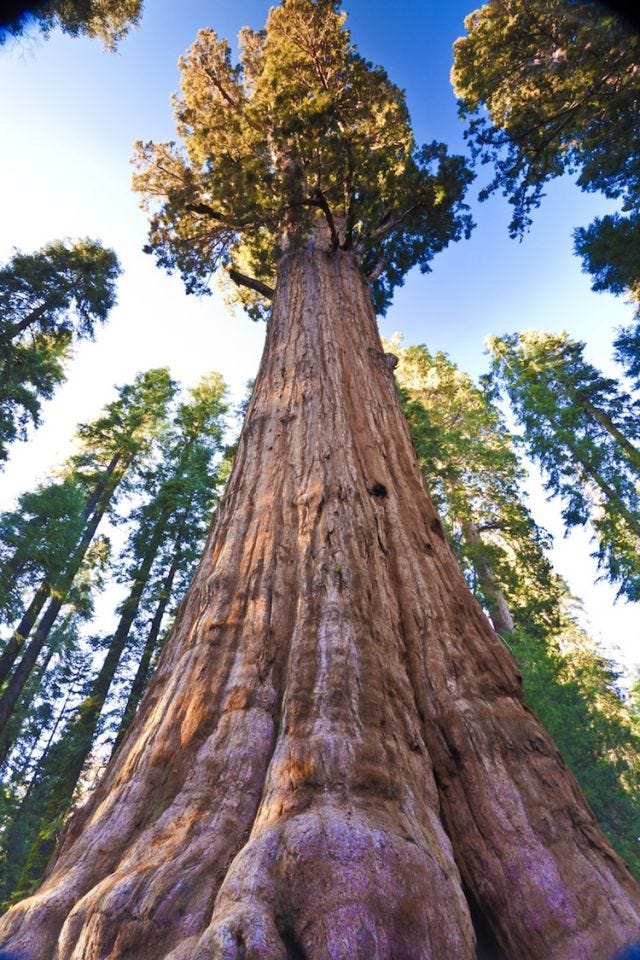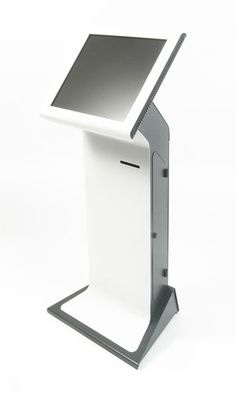So What, Who Cares (vol 2, issue 40) Why groundwater is about to become a hot topic

Hello! I apologize for the very long and unplanned hiatus. Did you know that when you are 7000 feet above sea level, surrounded by giant sequoias that are centuries old, Internet broadband is hard to come by?
Now we both do.
So, hiiiii. What have you been up to for a week? Dish via email or Twitter.
*
One of the most unnerving things about my trek among the Sequoiadendron giganteum? All the guidebooks said that at this time of the year, we could expect to be frolicking among three to four feet of snow in the high Sierras. There wasn't any snow on the ground. It was a potent, vivid reminder that California's in the throes of an historic drought. While it's true our reservoirs have only a year's worth of water left, there's still plenty of groundwater. But don't get too excited about groundwater as the key to riding out the drought -- in addition to pesky things like land collapsing under people's feet, the problem with emptying an aquifer is that the soil around the aquifer can compact, which means that the aquifer can't be replenished at a replacement rate in the future.
So what? Until recently, California was the only western state without any regulation on its groundwater. Now, farmers face a choice: continue drilling down and depleting the Central Valley's aquifer for as long as possible, or get out of the farming game before the water runs out and nobody wants the land.
Who cares? Aside from Californians? The people who rely on California's crops -- what will happen when fewer acres are planted? Tourists -- the ski season is basically done, since there's more dirt than snow on the slopes. (So, um, good news for other ski markets who will be getting the powderhounds who used to go to Tahoe?) And surrounding states -- the sparse snowpack wasn't confined solely to California. The dry season's spreading throughout the west.
*

Self-service kiosks are the fun new frontier of consumer psychology. Payment screens where suggested tips are bundled into the overall transaction are on the rise, and these screens are designed to make it tough for the consumer to select a tip that's not the equivalent of 25%, 50% or 75% of the bill.
The tips aren't the only way money is flying out of the pockets of consumers: researchers at the Rotman School of Management and Duke’s Fuqua School of Business found that sales of hard-to-pronounce items jumped 8.4% at liquor stores which switched from human cashiers to self-serve kiosks. They hypothesize that the kiosks remove "social friction" from retail transactions, thus empowering consumers to buy things they'd be afraid to ask for otherwise.
So what? These kiosks are good at separating people from money -- but they also separate people from a working understanding of how labor works. As Harvard Business School's Ryan Buell notes:
A lot of the technologies are designed to basically obscure that work from customers. In order to make them feel comfortable using an automated technology, we try to make it look as easy and fast and seamless as possible. And in doing that, we strip away the customer’s view of the effort that is going on behind the scenes. When customers aren’t able to see that effort, they appreciate the service that’s being delivered less, and they value the service less as a consequence.
Who cares? Dieticians. Self-serve kiosks have been linked to higher-calorie options and more overall food when customers at Taco Bell, Chili's and Cinemark began using self-service kiosks and apps. Credit the lack of social friction again -- if nobody raises an eyebrow at your order, you're going to be more comfortable ordering something that would give a physician a heart attack by proxy.
Related to the higher calorie counts: the overall orders tend to be higher, with people spending more. The frictionless transaction - which consumers have been trained to accept as normal via iTunes, for example -- is one where consumers don't have much opportunity for reflection before they click "Buy."
The kiosks also raise labor issues among hourly workers in the service sectors (vol 1, issue 14). A 75% tip is still a tip and not tied to any sort of living wage -- and when consumers get savvy to how they're being manipulated, who's to say there won't be a tip backlash? Or people huffing that they'd prefer not to deal with human beings when they can have an iPad take their order without any of that pesky social friction.
*
Your pop culture bracketology of the day: FUG MADNESS. One of the things I have always admired about Heather Cocks and Jessica Morgan is how they can be so sharp and funny without being cruel -- and it is my absolute pleasure to recommend their bracketology on the most fug outfits of the past year.
*
Are there typos? I apologize in advance. The only editing class I did not get an A in was copyediting.
Did you miss an issue of So What, Who Cares? The archive is here.
Would you like a run-down of all the books and other pop culture picks ever mentioned in this newsletter? Then check out the Pinterest board. (Note: None of the links are affiliate links; I do not make money off anything I link to.)
If you really like So What, Who Cares?, tell a friend to subscribe.

